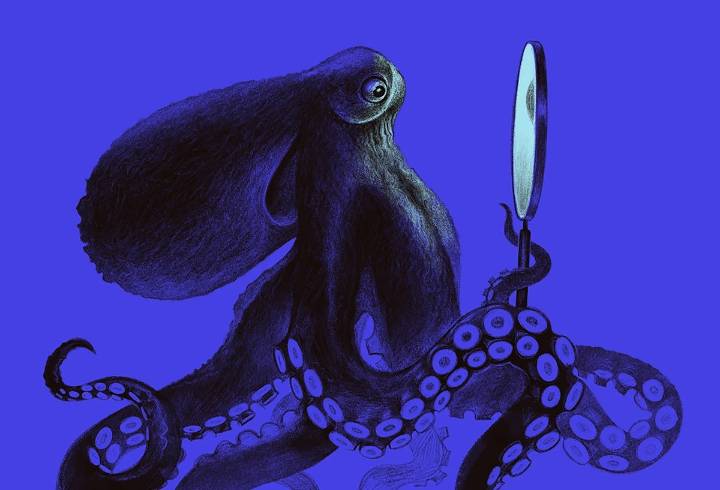In late 2005, five months after a car accident, a 23-year-old woman lay unresponsive in a hospital bed. She had a severe brain injury and showed no sign of awareness. But when researchers scanning her brain asked her to imagine playing tennis, something striking happened: brain areas linked to movement lit up on her scan.
The experiment, conceived by neuroscientist Adrian Owen and his colleagues, suggested that the woman understood the instructions and decided to cooperate — despite appearing to be unresponsive. Owen, now at Western University in London, Canada, and his colleagues had introduced a new way to test for consciousness. Whereas some previous tests relied on observing general brain activity, this strategy zeroed in on activity directly linked to a researcher’s verbal command.

 Scientific American Health
Scientific American Health

 The US Sun Health
The US Sun Health CNN
CNN Best Life
Best Life The Gazette
The Gazette ABC 7 Chicago Health
ABC 7 Chicago Health Raw Story
Raw Story Tampa Bay Times Sports
Tampa Bay Times Sports North Denver News
North Denver News The Augusta Chronicle
The Augusta Chronicle Fit&Well
Fit&Well